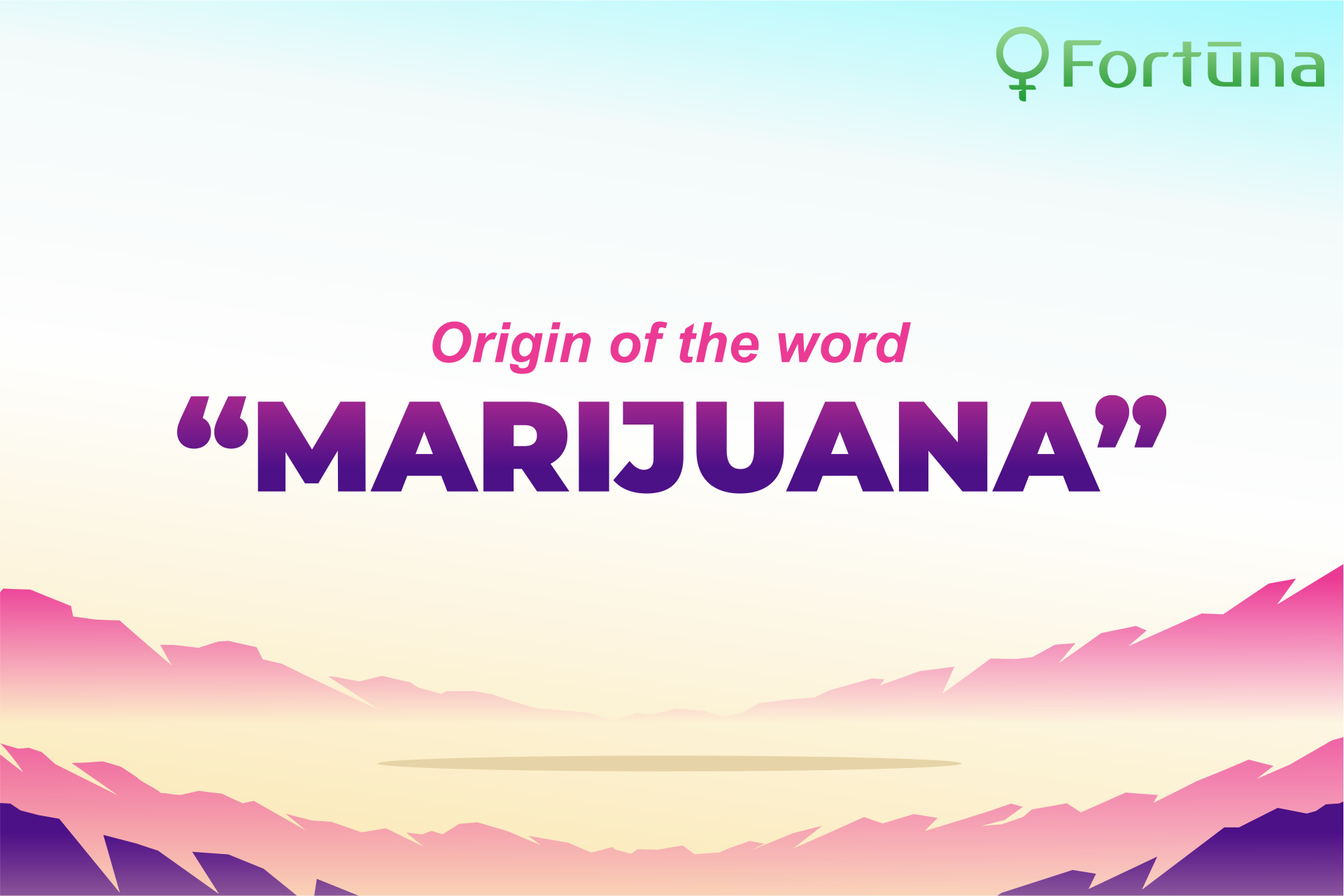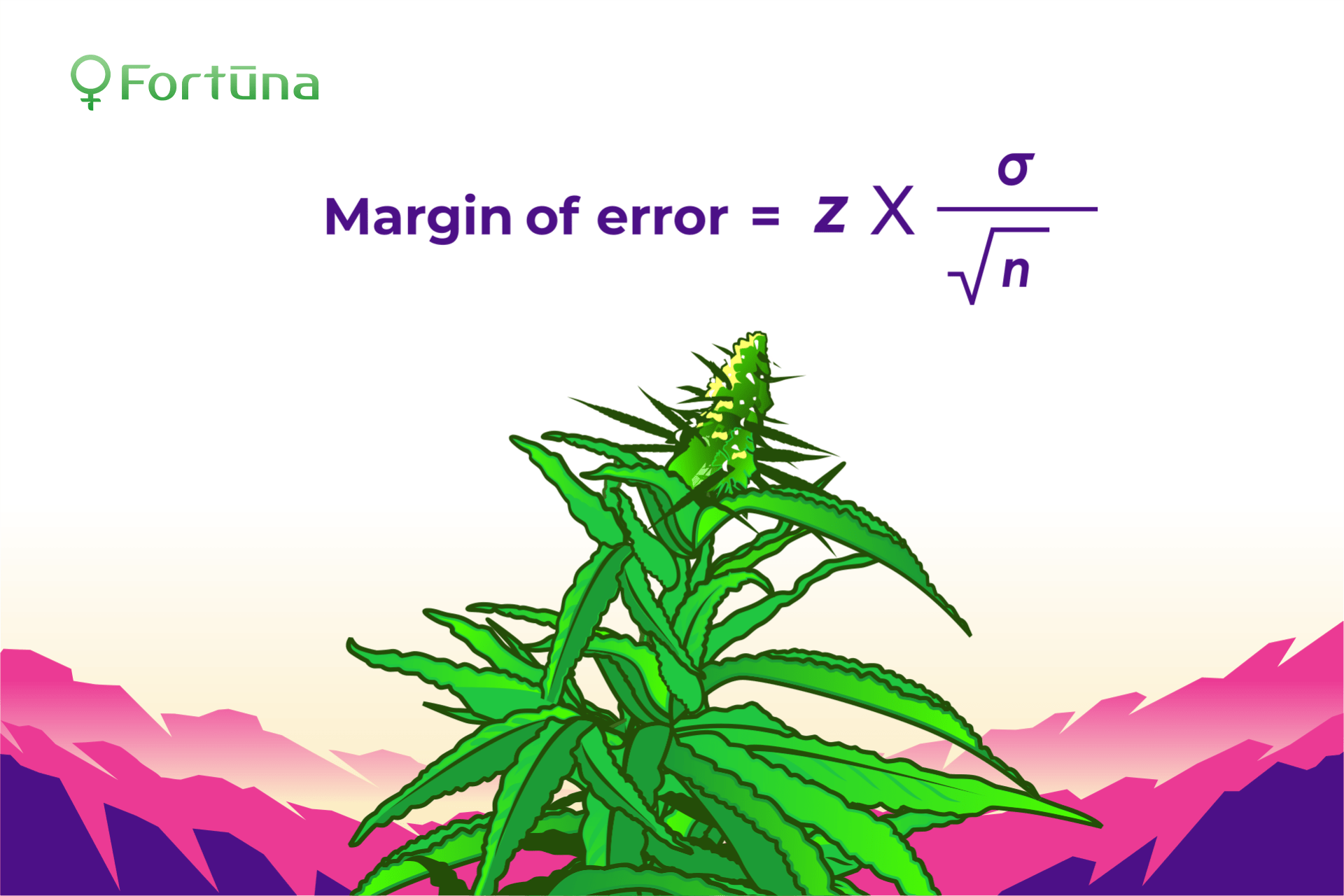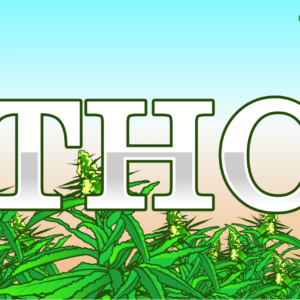
- Hemp Law
-
by gu
The origin of the word Marijuana is Mexican Spanish. Marijuana is another name for the cannabis plant, and the term definition varies by usage and legal classifications all over the world. Some places refer to the whole cannabis plant or any part of it as marijuana. At the same time, some recognize marijuana as a type of cannabis distinct from hemp, its non-psychoactive cousin. Marijuana has many names, including ganja, weed, Mary Jane, bud, herb, pot, and grass.
Origin of the Word Marijuana
The origin of the word Marijuana is Mexican Spanish, which later spread to other Spanish varieties, then to English, French, and other languages. The word entered the English language in the 19th century. The Oxford English Dictionary records the first appearance of the word in Hubert Howe Bancroft’s 1873 “The Native Races of the Pacific States of North America.” The word had other variants like mariguan, recorded in 1894, marihuma recorded in 1905, marihuana in 1912, and marihuana in 1914.
Another suggestion traces the possible origin of the word Marijuana to Chinese ma ren hua, which means hemp seed flower. The word ma ren hua is also probably a loan from an earlier Semitic root mrj’ hermp’. The Semitic root is also found in the English word marjoram (oregano) and the Spanish word mejorana, which could be related to marijuana. It is also called Chinese Oregano in some Mexican areas.
Introducing Marijuana to the US
Over 890,000 Mexicans legally immigrated to the United States to run away from the civil war between 1910 and 1920. However, the idea of smoking cannabis recreationally was not common in the United States at this time. The immigrants brought the smoking habit with them, using cannabis in American culture medicinally and as a remedy for common household ailments.
Pharmaceutical companies like Eli Lilly and Bristol-Myers Squib used cannabis and cannabis extracts in their medicines. Unfortunately, the government passed the first bill outlawing the cultivation of cannabis in 1913. Specifically, the bill sought to regulate opiates and psychoactive pharmaceuticals.
The Rise of Reef Madness
In the 1930s, the use of the word marihuana in American English increased significantly. Many white Americans treated cannabis as a foreign substance used to corrupt the minds and bodies of low-class individuals; arguably, black people and Mexican immigrants. Twenty-nine states banned marijuana before the federal criminalization of the plant.
Mexican migrants began taking marijuana with them to ports along the Gulf of Mexico, where the media started associating cannabis with jazz musicians, African Americans, and prostitutes. Media outlets churned out headlines like “Local marijuana now cultivated and smoked in cigarettes,” and “Murder weed found up and down coast.”
Marijuana and Yellow Journalism
Harry Anslinger was the first director of the Federal Bureau of Narcotics in 1930 and was responsible for creating the stigma surrounding cannabis. He launched a vigilant campaign against cannabis for the 30 years he was in office. He used the movie theatre to racialize cannabis for white audiences. Anslinger once testified against congress that,
“Marijuana is the most violence-causing drug in the history of mankind… most weed smokers are entertainers, Filipinos, Hispanics, and Negroes. Their satanic music, swing and jazz result from marijuana usage.” In another statement, he says, “Reefer makes darkies think they are as good as white men… the primary reason to outlaw marijuana is its effect on the degenerate races.”
Anslinger specifically used the term marijuana when campaigning against cannabis, fueling the plant’s development as a foreign identity. His anti-cannabis marketing campaigns created a hysteria that became infamously known as the “reefer madness.” The Marihuana Tax Act of 1937 banned the cannabis plant in every state and placed a one-dollar tax on anyone who sold or cultivated the cannabis plant.
Silencing Physicians and Researchers
Anslinger went on a campaign to silence pro-cannabis physicians and researchers across the United States. The research of cannabis as a medicinal treatment option was also effectively prohibited. In 1942, the US government removed marijuana from the United States Pharmacopoeia, and doctors began to discredit the plant as not having any medicinal use.
The New York Academy of Medicine put out a report asserting that marijuana was only slightly intoxicating. However, Harry Anslinger responded with a solicited article in the American Journal of Psychiatry, attempting to disrepute the information.
In 1970 the congress passed the Controlled Substances Act, which placed marijuana as a Schedule I drug alongside heroin. The act stated that marijuana had no medicinal value and a high potential for abuse. It laid out harsher criminal penalties. Doctors and scientists had a hard time studying marijuana for its many uses.
Is the Word Marijuana Racist?
The origin of the word marijuana is deeply steeped in race, politics, and a complicated cultural revolution. Some people argue that using the term ignores a history of oppression against African Americans and Mexican immigrants, while others say it is not prejudicial.
For the last several years, the United States has increasingly legalized cannabis federally and on a state level in many areas. Although companies benefit and grow, many people continue to face grave penalties for having insignificant amounts of marijuana. After Colorado legalized the plant, there was an increase in Latino and black juveniles’ arrests for illegal possession. Statistics show that all races use marijuana at roughly an equal rate, but racial minorities are far more likely to face punishment.
After the passing of the Marihuana Tax Act in 1937, black people were three times more likely to be arrested for possessing cannabis than white people. People of Mexican origin were about nine times more likely to be arrested for the same charge.
Righting Drug War Wrongs
After legalization, some states and communities plan to help people carrying minor cannabis convictions to clear their records. Several cities and states are also trying to create equity programs to support entrepreneurs from communities hit hardest by the war on drugs to join the cannabis industry.
When President Donald Trump took office, he appointed former Alabama Senator Jeff Sessions as attorney general. Some Republicans, including Donald Trump, expressed a willingness to coexist with marijuana, especially for medical reasons, but Sessions remained an unreformed drug warrior. In 2016, he said, “Good people don’t smoke marijuana.” The National Cannabis Industry Association (NCIA) decided not to stand up to him.
Jeff Sessions reversed the more lenient policies passed in the Obama era. They ensured federal prosecutors pursued the most severe charges resulting in additional drug offenders staying longer in prison. The new stricter laws will come down hard on ordinary marijuana users, specifically black and brown people disproportionately targeted by the Drug War.
Origin of the Marijuana Plant
Marijuana has a long history of human use. Humans first used cannabis as herbal medicine in Asia around 500 BC. It evolved in Central Asia before it came to Africa, Europe, and America. Many people used it to make clothing, paper, sails, rope, and food. In America, the history of marijuana cultivation dates back to the early colonialists who grew hemp for textiles and rope.
The early hemp had low levels of tetrahydrocannabinol. Ancient people may have cultivated some hemp varieties to produce higher THC levels for religious ceremonies and healing. The cannabis for ritual and medicinal purposes was ingested orally or inhaling the smoke or vapors from burning the dried plant.
Recreational Use
The use of marijuana for recreational use involves using it for personal enjoyment than for health purposes. Marijuana’s intoxicating effects in the Arab world were emphasized around the years 800 AD to 1000 AD. Muslims used the plant recreationally since the Koran banned alcohol use, and marijuana was not.
Marijuana is a popular recreational drug all over the world. Statistics show that over 100 million Americans have tried cannabis. People use marijuana recreationally for the mind-altering effects of THC in cannabis. Interestingly, CBD from the same plant can give users a body high without the intoxicating effects. Users may experience euphoria, feelings of joy and relaxation, an altered perception of time, increased appetite, and heightened sensory perception after consuming marijuana.
Some states have legalized marijuana for medical and recreational use, but it is still illegal federally. Cannabis is the most used illicit drug in the United States. Users consume marijuana in several ways. For example, some people smoke it using pipes and water bongs, vaporizers, and vape pens.
Users can apply it to their skins in the forms of lotions, creams, and sprays. There are also tinctures, and people can place a few drops of a liquid under their tongues. Users can also add it to food as an edible or brewed as a tea. Hashish comes from the tops of female plants and has the highest concentration of THC.
Marijuana for recreational use is mostly infrequent, and there is no particular compulsion to use it. The user is easily able to choose when to use it or when not to use it. Many people prefer to consume it in social settings.
Medical Consumption
Ancient Egyptians may have used marijuana to treat glaucoma and general inflammation. Chinese Emperor Fu His called cannabis a popular medicine, and the Chinese had identified more than a hundred uses of Marijuana by 100 AD. Indians created a drink called bhang in 1000 BC. The drink consisted of marijuana, milk, and other ingredients used as an anti-phlegmatic and anesthetic. The Indians still consume the drink up to date. Ancient Indians also purported that marijuana helps tame leprosy and dysentery, encourages sleep, improves judgment and cognition, and reduces fever.
People in ancient Greece used it for inflammation, earaches, and swelling. Roman medical texts in 70 AD listed marijuana to suppress sexual desire and as a cure for headaches. The Greeks also boiled the roots of cannabis and used it to treat generalized pain, arthritis, and gout. The Arabians used it from 800 AD to 900 AD for syphilis, migraines, and pain. Moreover, the British documented many medicinal uses of marijuana. Examples include menstrual cramps, rheumatism, gout, convulsions, joint pain, sleep problems, muscle spasms, and to promote uterine contractions in childbirth.
In contemporary times, marijuana might help relieve general body discomfort, improve lung capacity, and manage stress. The FDA has approved cannabis to treat two rare and severe forms of epilepsy, Dravet Syndrome and Lennox-Gastaut Syndrome. It may also reduce inflammation, control nausea and vomiting, stimulate appetite and weight gain, and relax tight muscles in people with multiple sclerosis.
Researchers are still studying whether marijuana can help treat many medical conditions. Studies are currently analyzing marijuana’s effect on Alzheimer’s Disease, appetite loss, cancer, HIV/AIDS, Multiple Sclerosis, mental health conditions, muscle spasms, and wastings syndrome.
Final Thoughts on the Origin of the Word Marijuana
The origin of the word marijuana is as controversial as it gets. Marijuana did not become controversial until the early 1900s when millions of Mexican immigrants moved to the United States after the Mexican revolution. The term has roots in racist rhetoric pushed by the media and some politicians in the 1930s when it first became prohibited. The recent decriminalization by various states is a big win for the cannabis industry after many years of prohibition.
Buy Hemp Seeds From Our US Seed Bank
Marijuana and hemp are distinct, though they come from the same species, Cannabis Sativa L. Though marijuana remains federally illegal, hemp is not. For those who seek the soothing properties of marijuana without the high, hemp is an easy solution.
American farmers can now grow hemp legally throughout the country. Pending all proper licensing, farmers can now grow hemp seeds for cannabinoid production using high-quality feminized CBD seeds.
Contact us today to learn more about our premium hemp seeds or view our product catalog now.



